This project uses very few components to build a clever little analog blinker.
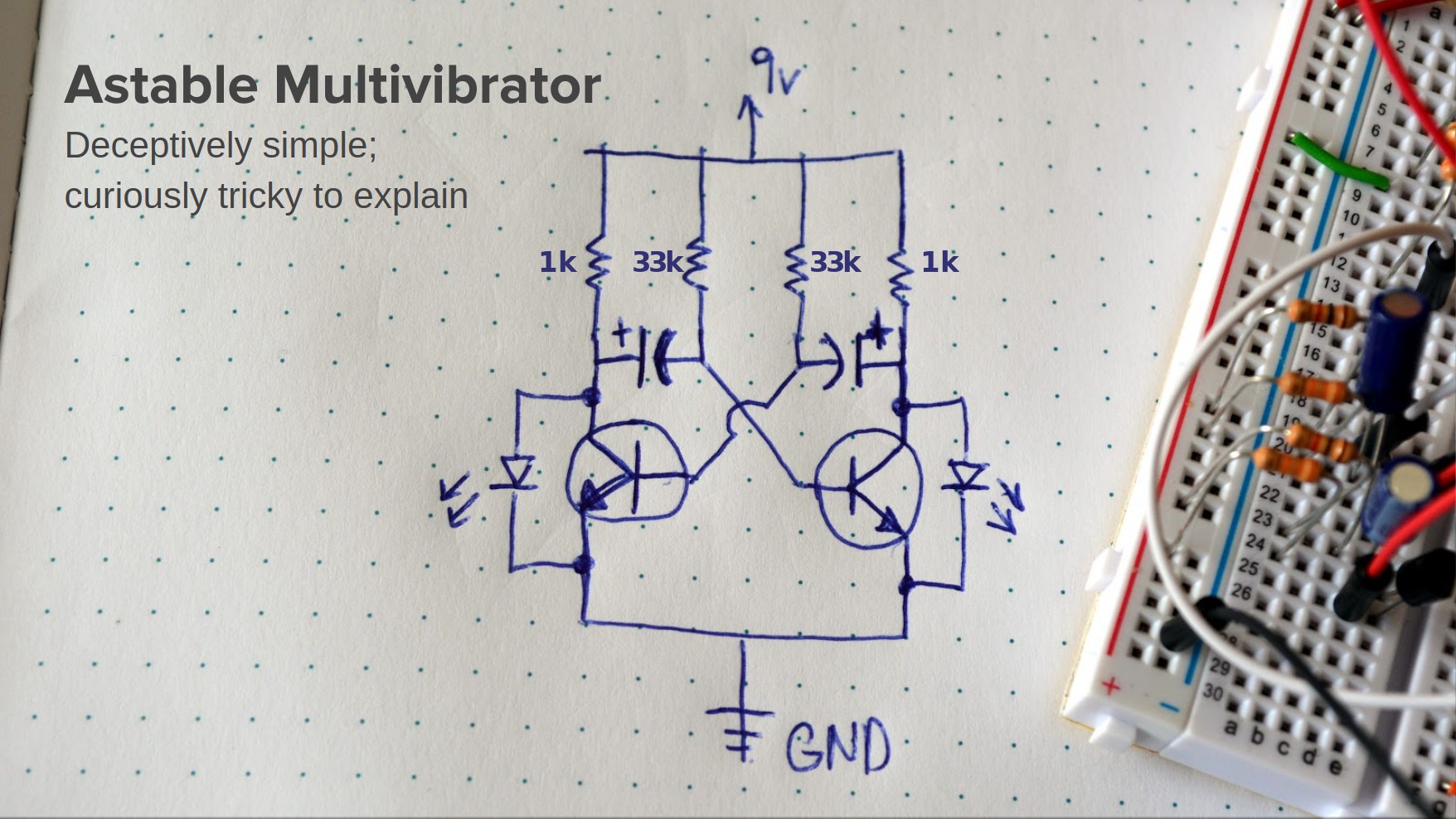
If you compare this schematic with the main image of the soldered version you can see it is the perfect circuit to solder without a circuit board since it's possible to lay everything flat with only one place where two wires cross.
For assembly I simply used the leads of the components with no added wire. I did take a piece of the insulation off of some wire to protect against a short where the two wires cross in the middle of the assembly.
Here's a demo of the circuit running:
And you might find it interesting to see the circuit simulation:
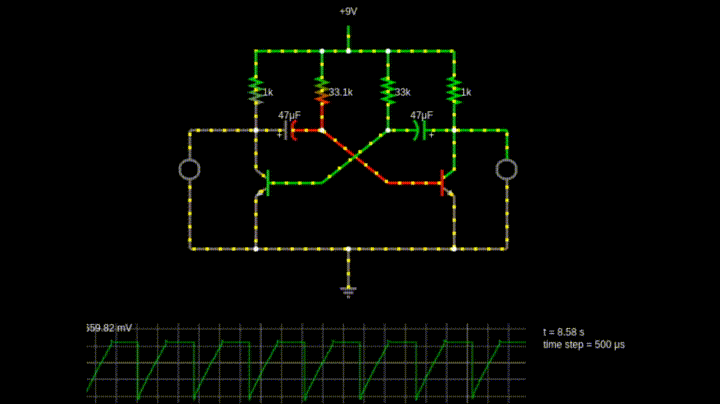
The oscilloscope output clearly shows the ramp of the base of one of the transistor and the square wave that results on one of the LEDs:
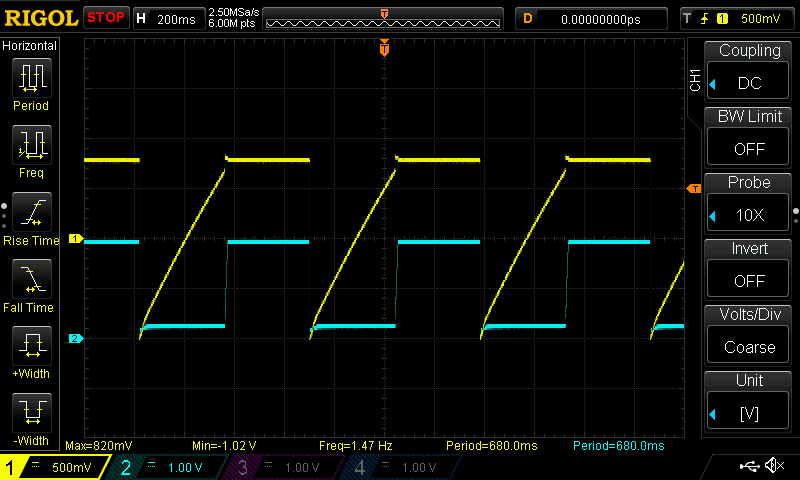
Bill of Materials
https://www.findchips.com/org/10-open-hardware/list/35514-astable-multivibrator
 Jumptuck
Jumptuck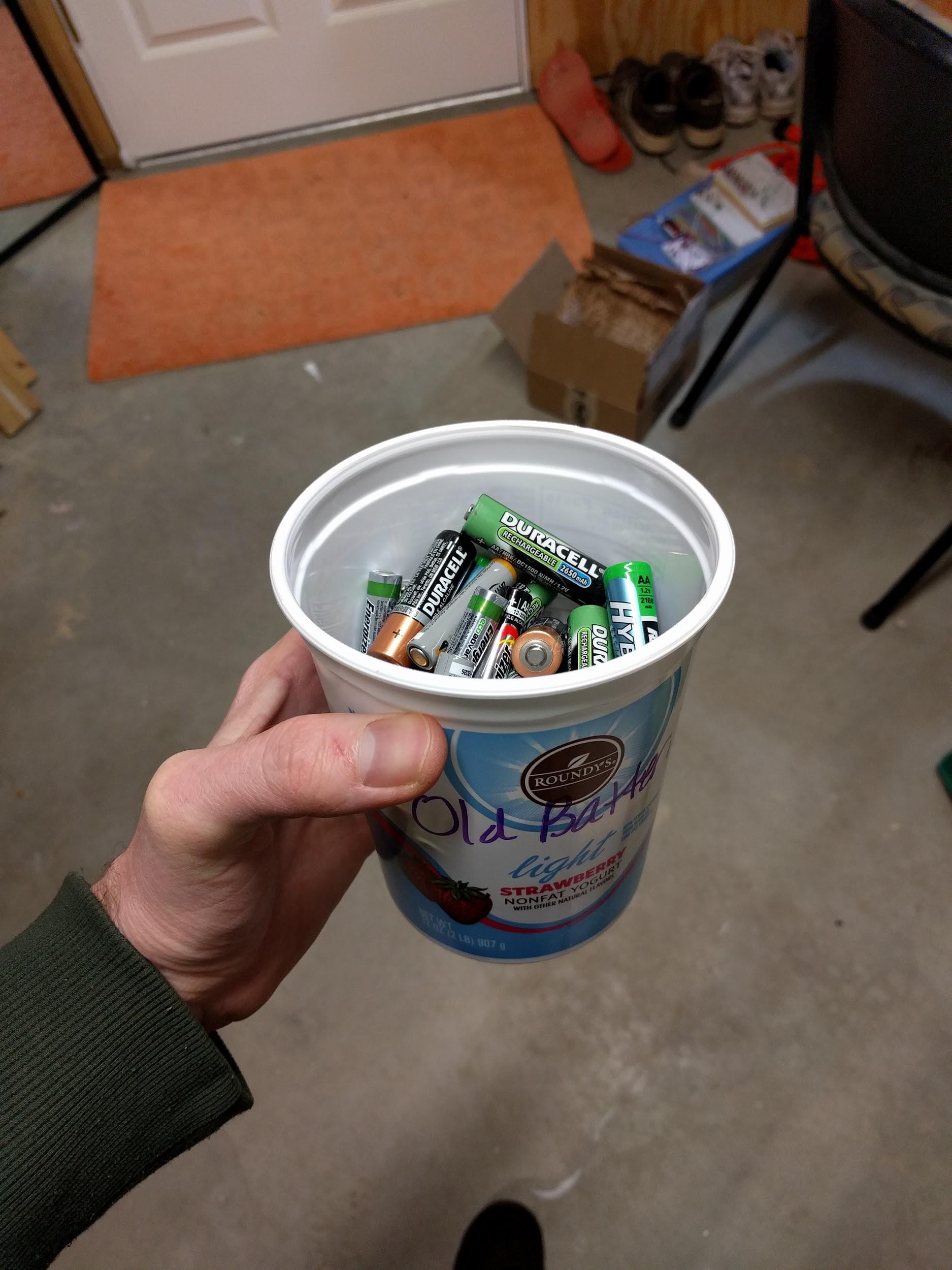
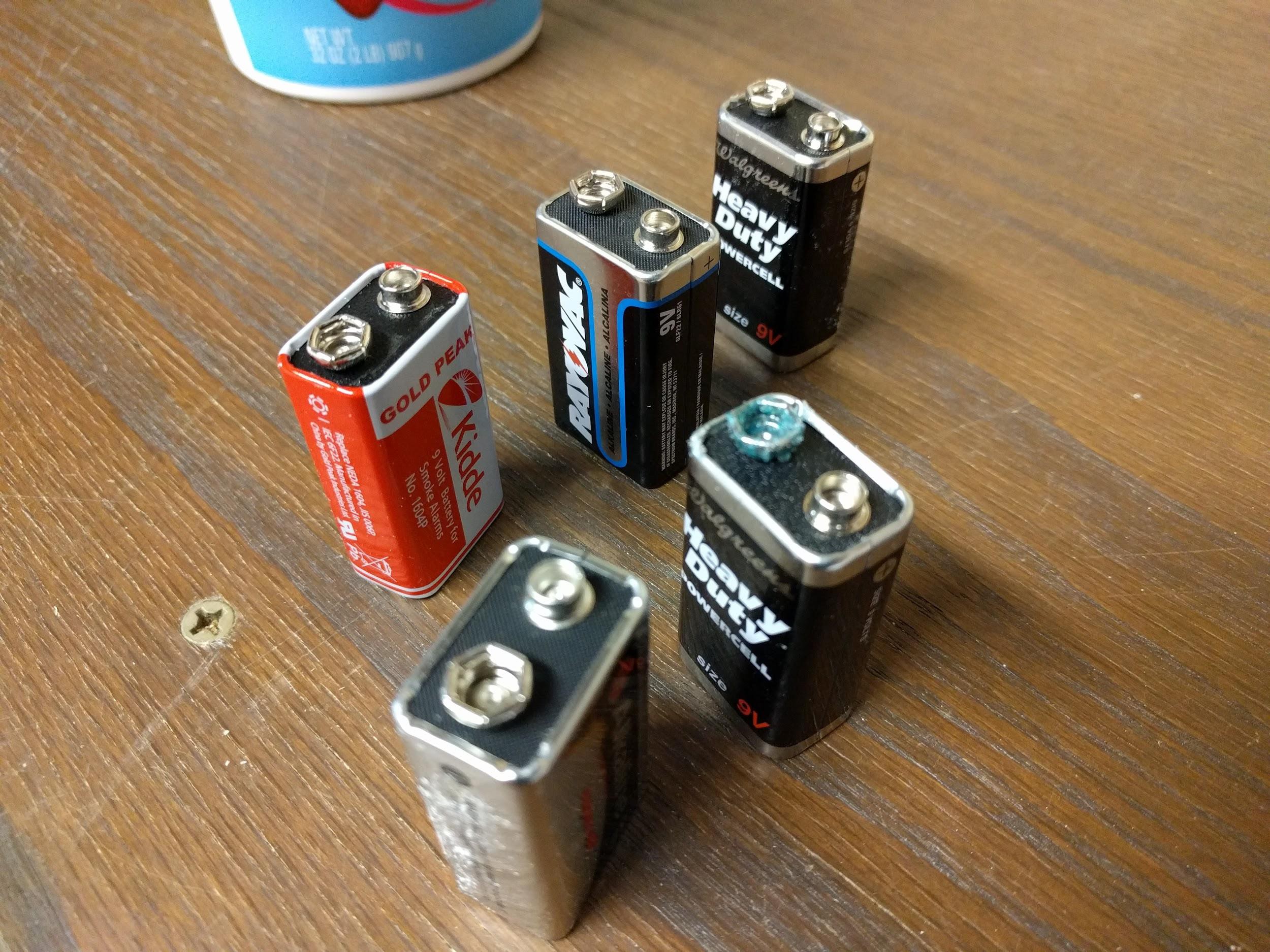
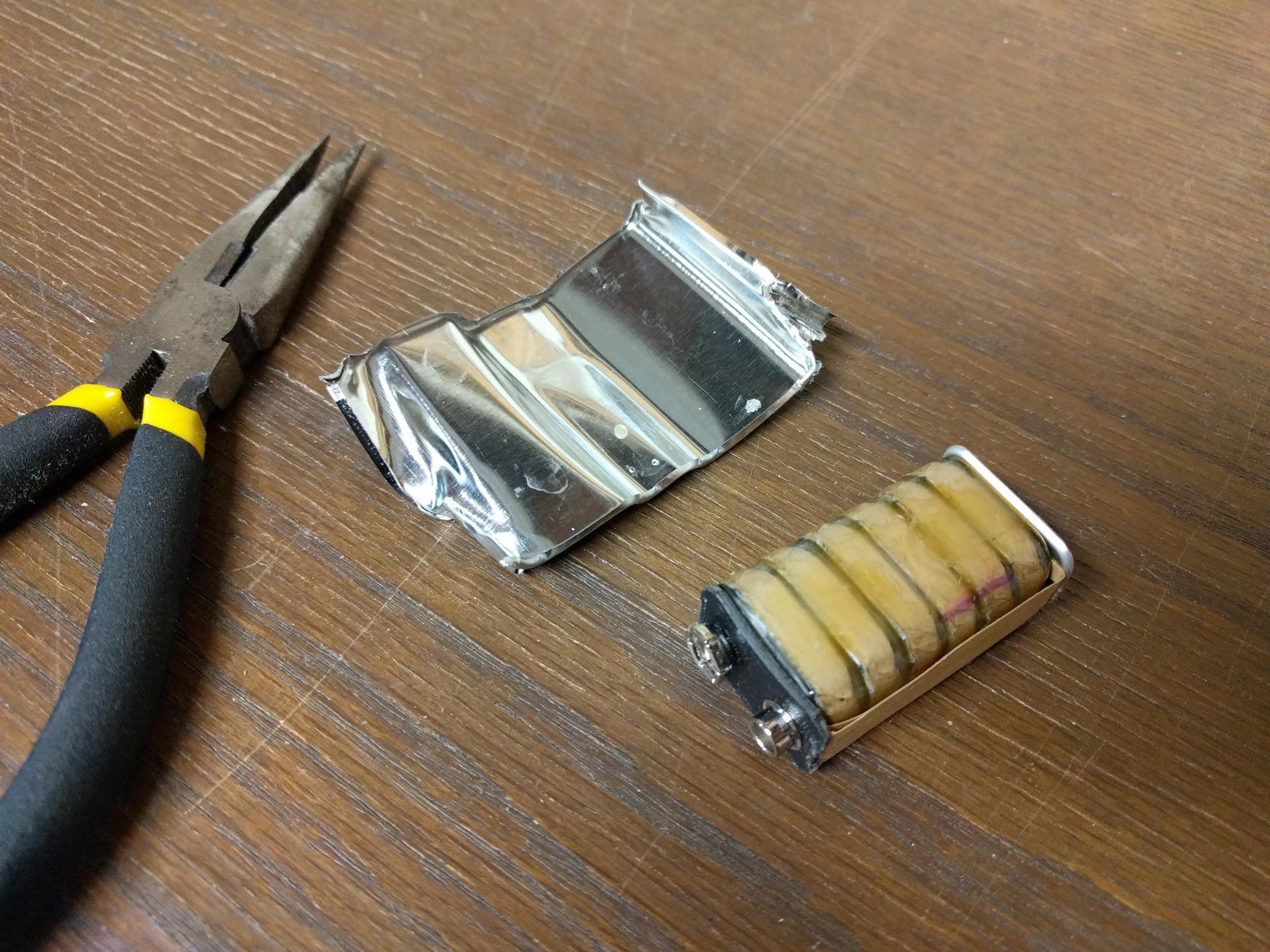


I had never given thought to re-using the contacts from a dead batt but will give it a try someday. I have always admired the form and circuit of a Astable, it just seems like like a art form in itself. It even works with a pair of Light Logic switches used instead of the transistors :-)